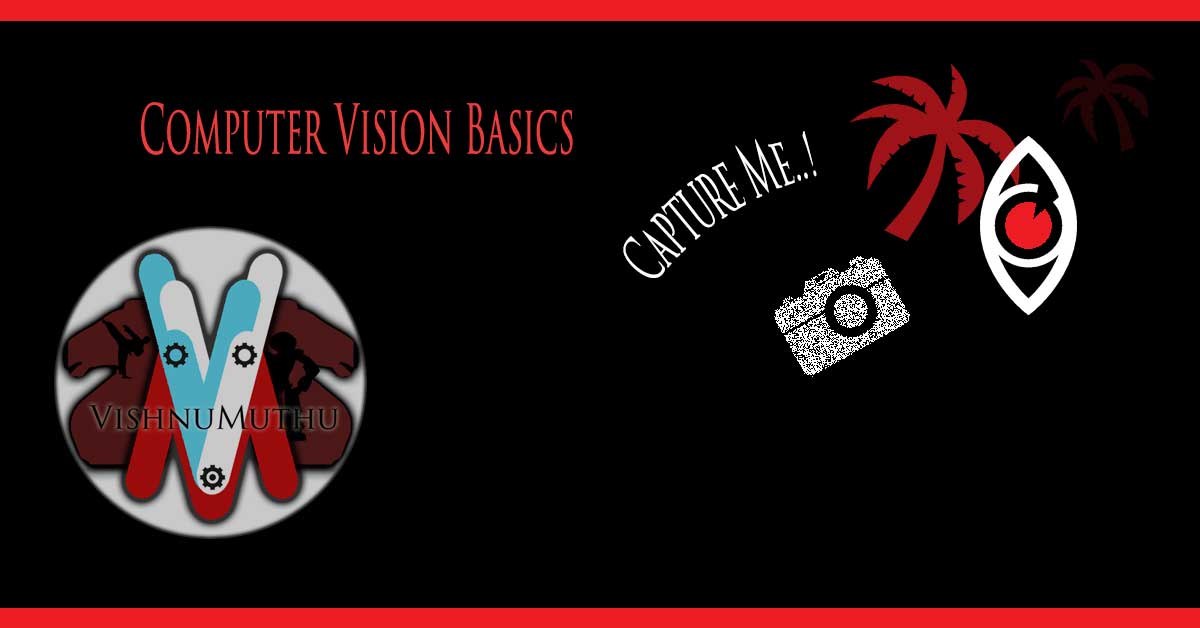Basics of Computer Vision Concepts and Techniques
Computer vision with field of artificial intelligence (AI) enables computers to interpret and process visual information from the world, much like how humans perceive and understand their surroundings. It involves several critical tasks and techniques that allow machines to analyze images and videos, extract meaningful data, and make decisions based on visual inputs. Below are the fundamental concepts in computer vision, including image enhancement, image restoration, image segmentation, and object recognition.
Image Enhancement
Image enhancement is the process of improving the visual quality of an image by manipulating its features to make it more suitable for a specific application. The goal is to accentuate certain aspects of the image, such as contrast, brightness, or edge definition, to make the image more interpretable or visually appealing.
Key Techniques:
Contrast Adjustment: Adjusting the contrast of an image can make the differences between light and dark areas more pronounced, making details easier to see.
Histogram Equalization: This technique redistributes the intensity values of an image to enhance contrast. It is particularly useful in images where the contrast is low due to poor lighting conditions.
Noise Reduction: Digital images often contain random variations in brightness or color, known as noise. Techniques such as Gaussian filtering, median filtering, and bilateral filtering are used to reduce noise while preserving important details.
Sharpening: Sharpening enhances the edges and fine details in an image. Techniques like the Laplacian filter or unsharp masking are commonly used to achieve this effect.

Image enhancement is widely used in various fields, including medical imaging (to improve the visibility of anatomical structures), satellite imagery (to enhance the details of landforms), and photography (to improve the quality of photos).
Image Restoration
Image restoration is concerned with reconstructing or recovering an image that has been degraded by factors such as noise, motion blur, or sensor defects. Unlike image enhancement, which focuses on improving the appearance of an image, restoration aims to retrieve the original, uncorrupted image.
Key Techniques:
De-noising: Removing noise from an image is a common restoration task. Techniques like Wiener filtering, wavelet-based methods, and non-local means filtering are used to reduce noise while maintaining image details.
Deblurring: Motion blur or defocus can occur due to camera shake or incorrect focusing. Deblurring techniques, such as blind deconvolution and Richardson-Lucy deconvolution, are used to restore the sharpness of the image.
Inpainting: Inpainting refers to the process of reconstructing missing or corrupted parts of an image. This is useful in applications such as repairing old photographs or filling in lost information in satellite images.
Image restoration plays a crucial role in fields like medical imaging, where accurate image reconstruction is vital for diagnosis, and in forensic science, where restoring degraded images can provide critical evidence.
Image Segmentation
Image segmentation is the process of partitioning an image into distinct regions or segments that represent different objects, surfaces, or boundaries. It is a fundamental step in many computer vision tasks, as it allows the identification and isolation of specific parts of an image for further analysis.
Key Techniques:
Thresholding: This simple technique involves selecting a threshold value to separate the pixels into different segments based on their intensity. For example, all pixels below a certain intensity might be classified as the background, while those above are considered part of the foreground object.
Edge Detection: Edge detection algorithms, such as the Canny or Sobel operators, identify the boundaries of objects within an image by detecting abrupt changes in intensity. These edges can then be used to delineate different segments.
Region-Based Segmentation: This method involves grouping pixels with similar properties (such as color or texture) into regions. Techniques like region growing, split-and-merge, and watershed transformation are commonly used.
Clustering: Clustering algorithms like k-means or mean shift can be used to group similar pixels into segments. These algorithms consider features such as color, intensity, and texture to cluster the pixels into meaningful regions.
Segmentation is essential in applications like medical imaging (for isolating tumors or organs), autonomous vehicles (for identifying road signs, lanes, and pedestrians), and object recognition (for distinguishing different objects in a scene).
Object Recognition (Pattern Matching)
Object recognition is the process of identifying and classifying objects within an image or video. This task involves pattern matching, where the computer compares parts of the image with stored patterns or models to recognize specific objects.
Key Techniques:
Template Matching: This method involves sliding a template (a small image of the object to be recognized) across the input image to find matches. While simple, this technique can be computationally expensive and is sensitive to variations in scale, rotation, and lighting.
Feature-Based Methods: Instead of using entire templates, feature-based methods focus on identifying key points or features (such as corners or edges) that are distinctive to the object. Algorithms like Scale-Invariant Feature Transform (SIFT) and Speeded-Up Robust Features (SURF) are popular for detecting and matching features across images.
Machine Learning and Deep Learning: Modern object recognition systems often rely on machine learning, particularly deep learning. Convolutional Neural Networks (CNNs) have become the standard for object recognition tasks, as they can automatically learn and extract relevant features from images. CNNs are used in applications like facial recognition, image classification, and autonomous driving.
Object recognition is a critical component in numerous real-world applications, from security systems (identifying faces or license plates) to retail (recognizing products for inventory management) and robotics (enabling robots to interact with objects in their environment).
The basics of computer vision encompass a range of techniques that allow computers to process, enhance, and understand visual information. Image enhancement, image restoration, image segmentation, and object recognition are fundamental to building systems that can analyze and interpret images and videos. These techniques form the foundation for advanced computer vision applications that continue to transform industries such as healthcare, automotive, retail, and entertainment. As technology advances, the capabilities of computer vision will only grow, opening up new possibilities for machines to perceive and interact with the world around them.



Leave a Reply